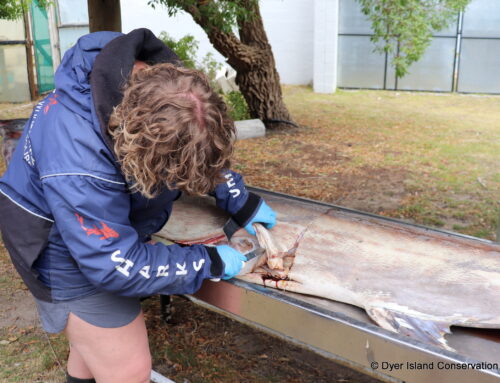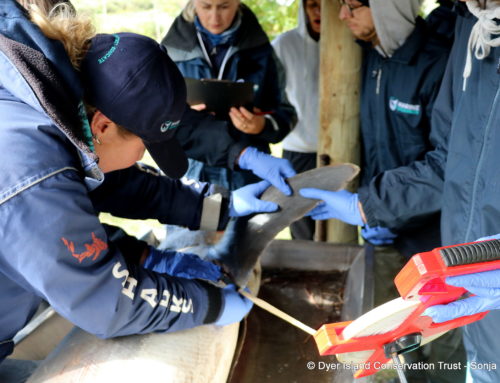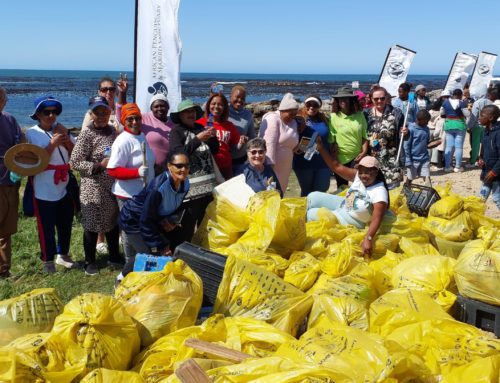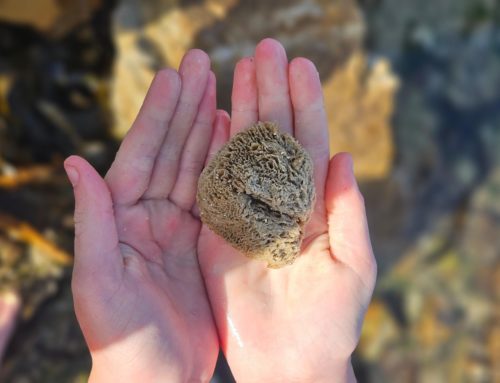Through the Dyer Island Conservation Trust and Marine Dynamics Academy, baited remote underwater videos, otherwise known as BRUVs are deployed within the wider Dyer Island ecosystem on board research vessel, Lwazi. The deployment rigs consist of a metal structure, on which bait canisters are attached. These bait canisters are made utilising PVC pipe, with drilled holes allowing the scent of the bait to disperse into the water. The canisters are then filled with fish to create a scent trail that attracts marine animals in the area. On the opposite side, a GoPro will be attached, allowing the species that are attracted to be recorded for further identification.
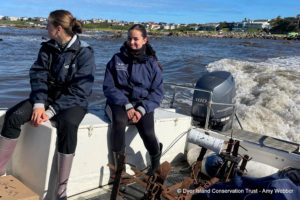
The rigs are deployed with a rope and buoy to allow them to be retrieved, with each deployment lasting for an hour at a time. There are a total of 5 sites, consisting of 4 deployments within each. The deployments are situated with enough distance between them to prevent an overlap of animals sighted within each video. At each deployment, the oceanic conditions will be monitored, as well as one hosting a temperature monitor, called a HOBO, to provide details on the temperature range across depths and ecosystems. The specific 4 deployments around Dyer Island are collected on behalf of Cape Nature, monitoring the habitat health through a holistic approach where species and habitat usage are indicators of the environment around the nature reserve. BRUVs are an effective and non-invasive way to monitor species diversity and abundance underwater, providing insight into the type of marine animals that can be found in the local area, as well as a comparison between the different substrates, such as kelp forests, rocky reef systems or sandy sediment.
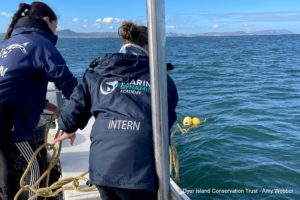
After collecting the footage, analysis is completed to identify the specific species and the maximum number sighted within the videos. Identification books are utilised, with efforts from the biologist team and Marine Dynamics Academy interns. From bony fish, such as steenbras, to Cape fur seals and even sharks, the waters of Dyer Island host an abundance of marine animals. The surprise appearance of the Broadnose sevengill shark can be seen, a unique prehistoric species that lacks a dorsal fin. These sharks have unique spots that can be used to identify an individual, much like a fingerprint to humans.

Understanding the marine life that utilises our local ecosystem equips the Trust and conservation companies such as Cape Nature with the knowledge to better protect and conserve the area within which we operate over a long-term period, recording changes and identifying as to whether current legislation is effective and the potential for new efforts.
Below is a video created of the BRUV deployments completed in July 2024:

